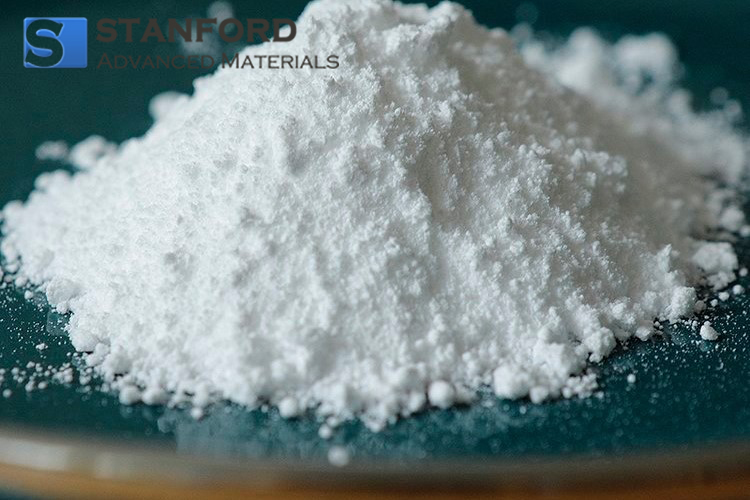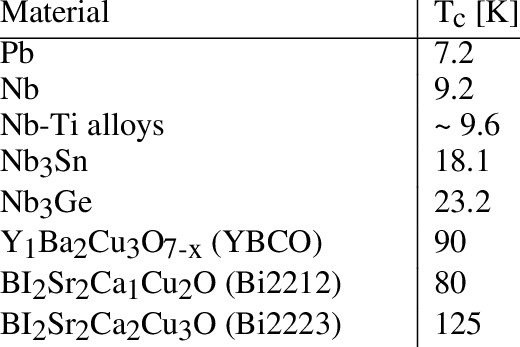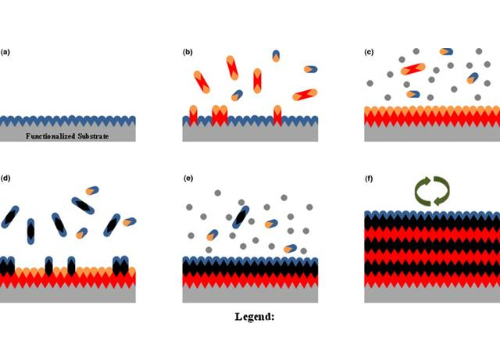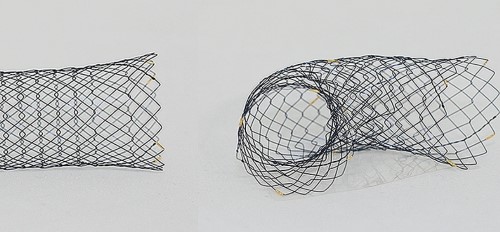Application of Titanium Dioxide in the Paper Industry
Titanium dioxide is the whitest thing in the world. It is considered to be the best white inorganic pigment in the world today. 1 gram of titanium dioxide can paint an area of more than 450 square centimeters white, and it is non-toxic and tasteless with strong hiding power, high chemical stability, and weather resistance. Therefore, titanium dioxide is widely used in plastics, coatings, papermaking, printing inks, chemical fibers, rubber, cosmetics, and other fields. In this article, let's take a deeper look at the application of titanium dioxide in the paper industry.

Application of Titanium Dioxide in the Paper Industry
Before going any further, let's figure out the classification of titanium dioxide. According to the different crystal forms, titanium dioxide can be divided into two types: rutile titanium dioxide, and anatase titanium dioxide. Rutile titanium dioxide has a small and compact unit lattice, a high refractive index, good optical properties, and low thermal conductivity. It is mainly used in coatings, plastics, and inks. Anatase titanium dioxide is mainly used in chemical fiber, papermaking, and some indoor coatings.
The Application of Titanium Dioxide in the Paper Industry
Papermaking is the third largest user of titanium dioxide. Considering the production cost, the low-end paper generally does not use titanium dioxide but uses materials such as talc, calcium carbonate, and calcined kaolin.
Compared with talc, calcium carbonate, calcined kaolin, and other materials, titanium dioxide has a high whiteness, high density, high refractive index, fine and uniform particles, which means that the paper using titanium dioxide has good whiteness and strong hiding power, high strength, thin and smooth, not easy to penetrate during printing.
The opacity of the paper using titanium dioxide is 10 times higher than that of other materials, and the weight can be reduced by 15% to 30%. At the same time, the whiteness, gloss, and resistance to ultraviolet rays are far better than other materials.
However, the price of titanium dioxide is relatively high, and the particles are small and easy to agglomerate to cause a large amount of abrasion, which will have a certain negative impact on the equipment. At present, the paper industry is still dominated by talc and calcium carbonate, and titanium dioxide is only widely used in the production of high-end paper.
How to solve the problem of high price and a large amount of abrasion is the bottleneck of the application of titanium dioxide in the paper industry. With the improvement of titanium dioxide production and processing technology and the continuous deepening of its application research, the application of titanium dioxide in the field of papermaking is bound to create a new situation.
Conclusion
Thank you for reading our article and we hope it can help you to have a better understanding of the application of titanium dioxide in the paper industry. If you want to know more about titanium and titanium dioxide, we would like to advise you to visit Stanford Advanced Materials (SAM) for more information.
Stanford Advanced Materials (SAM) is a worldwide supplier of titanium dioxide and has over two decades of experience in the manufacture and sale of titanium and titanium dioxide, providing high-quality titanium products to meet our customers' R&D and production needs. As such, we are confident that SAM will be your favorite titanium product supplier and business partner.





